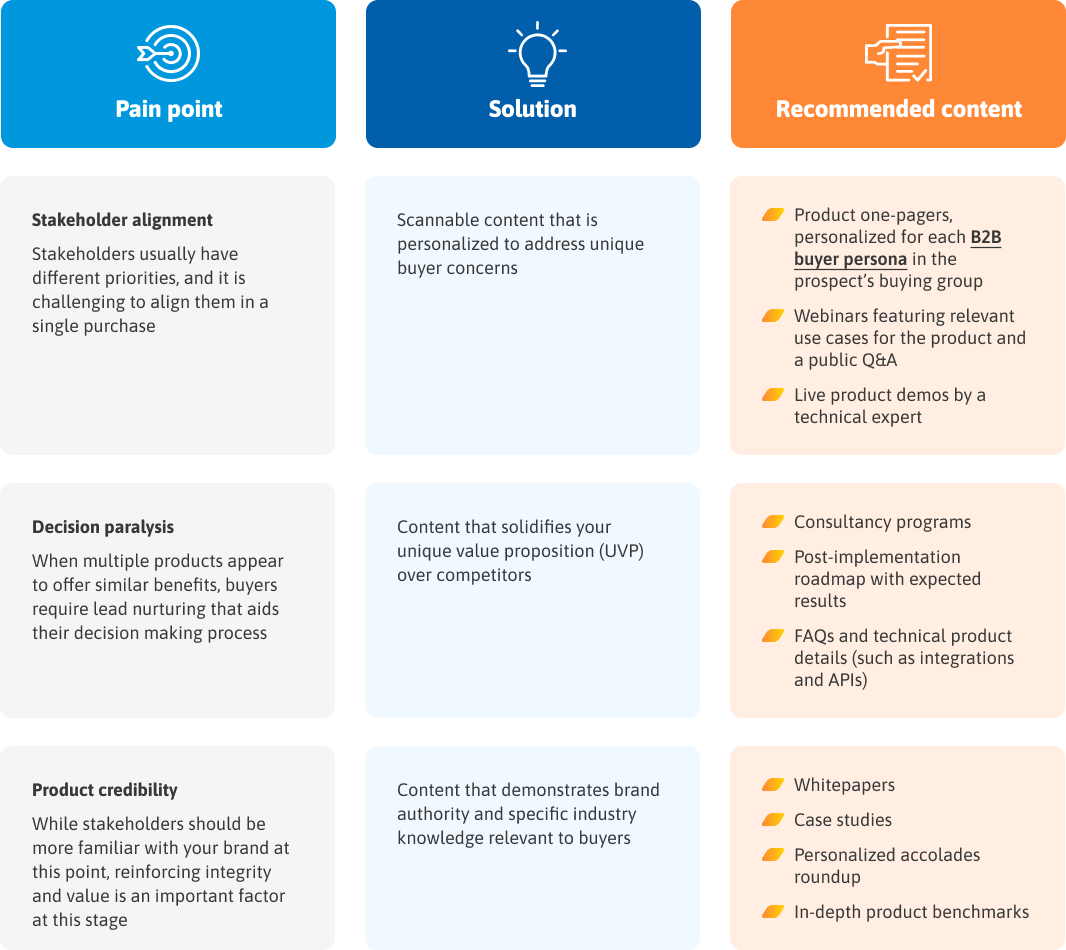Effective B2B lead nurturing requires a wealth of informative and relevant touchpoints to meet diverse buyer needs and interests, and ultimately, encourage their progression throughout the sales funnel.
Therefore, understanding the most suitable content to address a buyer’s evolving needs as they advance in their buyer’s journey is essential to resonate with prospects and retain them.
This lead nurturing playbook breaks down the most effective content for each sales funnel stage and includes five best practices for engaging buyers and driving conversions.

















